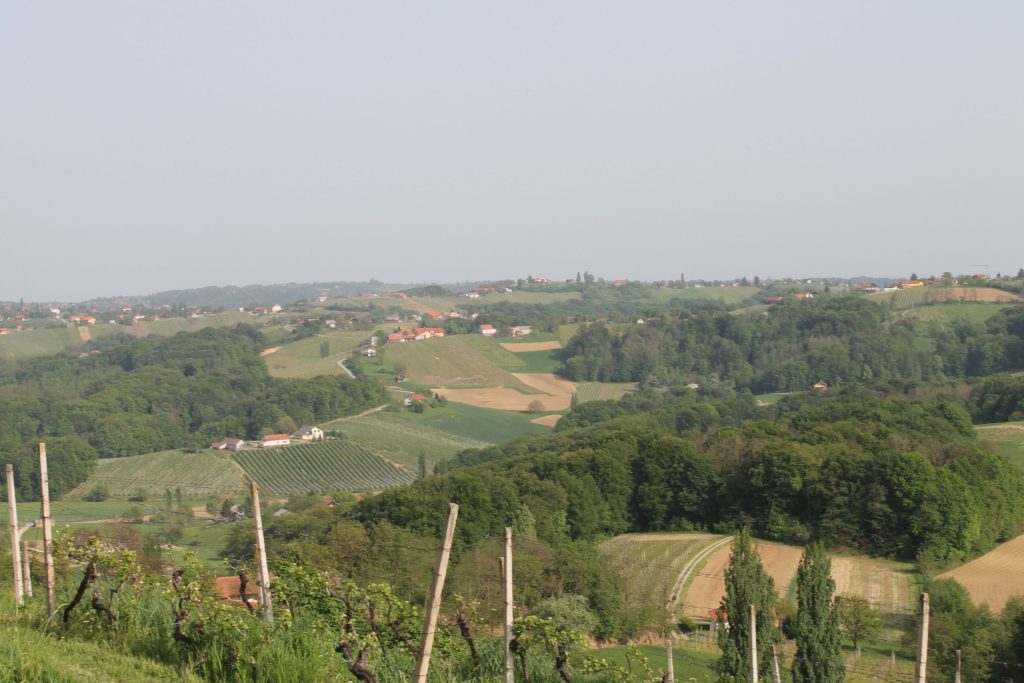Continuing TCN’s look at the indigenous grapes of Croatia on September 25, 2016, Iva Tatic on the white grape of many names, Moslavac from the Croatian north.
Moslavac is a white wine variety of many names: sometimes it’s also called Pošipel or Pušipel, in Slovenia it’s called Šipon (and since Slovenia is close to the region where it’s mostly cultivated, you’ll hear people in Croatia call it šipon as well), in Hungary it’s called Furmint, and Germans and Austrians call it Mosler.
Obviously, the list of names suggests that the variety does not grow exclusively in Croatia, which is correct. However, most probably it started to spread throughout the central Europe in Croatia – in the region of Moslavina, in fact (thus the name, and, supposedly, the German name Mosler). Side note: even Goethe mentions the variety in the late 19th century, as an indigenous variety in Moslavina. Croatian origin is confirmed by the facts that the genetic analysis closely links Moslavac to an ancient Croatian indigenous variety of Belina, and that its closest genetic relative is Belina Svetokriška, a rare variety found exclusively in Hrvatsko Zagorje.
Today it is cultivated in the central-European region, and recently it is making a come-back in Croatia, where it has been somewhat neglected in the past. These days it is mostly cultivated and varietal wine made from it in Međimurje, a small region in the northern Croatia, neighbouring Slovenia, Austria and Hungary, while less frequently you’ll be able to find it in Moslavina as well. The grape ripens quite late and can tolerate rather low temperatures (that’s why it has found its place in the central-European region, where it tends to get quite cold). The grapes can have quite a lot of sugar in sunnier years and the acids are always quite high. The high yield the wines can have is the variety’s largest enemy: when not properly handled in the vineyard, it can give quite a lot per vine, but in those cases the quality is significantly lower. When a lower yield is maintained, the quality allows for the creation of premium quality wines, including the predicate dessert wines made from late-harvest grapes.
The association of winemakers based in Međimurje Hortus Croatiae (over 30 producers are in it) promotes only the best Pušipel available on the Croatian marker. So, if you get a chance to try any of the following Pušipels: Tomšić, B. Novak, Štampar, Cmrečnjak (he’s the only one so far who’s tried creating sparkling wine from Pušipel so far!), Horvat, Dvanajščak-Kozol, Jakopić, Kunčić, Kocijan, go for it! It’s an inexpensive, refreshing wine; the colour is a distinct shade of wheat-like yellow, usually somewhat sweeter and not too alcoholic, with nice balancing acids. It can be had on its own, as easy drinking wine, or along with darker meat, Međimurje specialties and other greasier meals.











